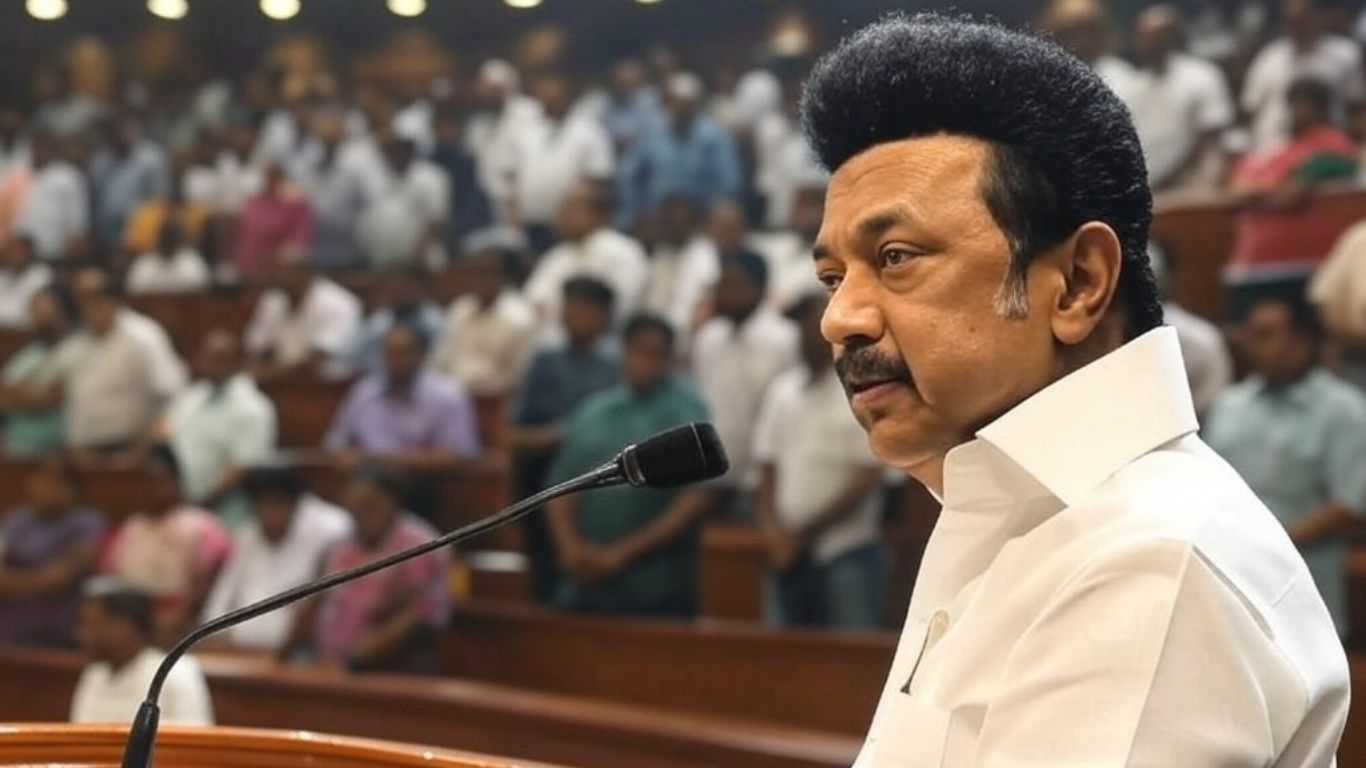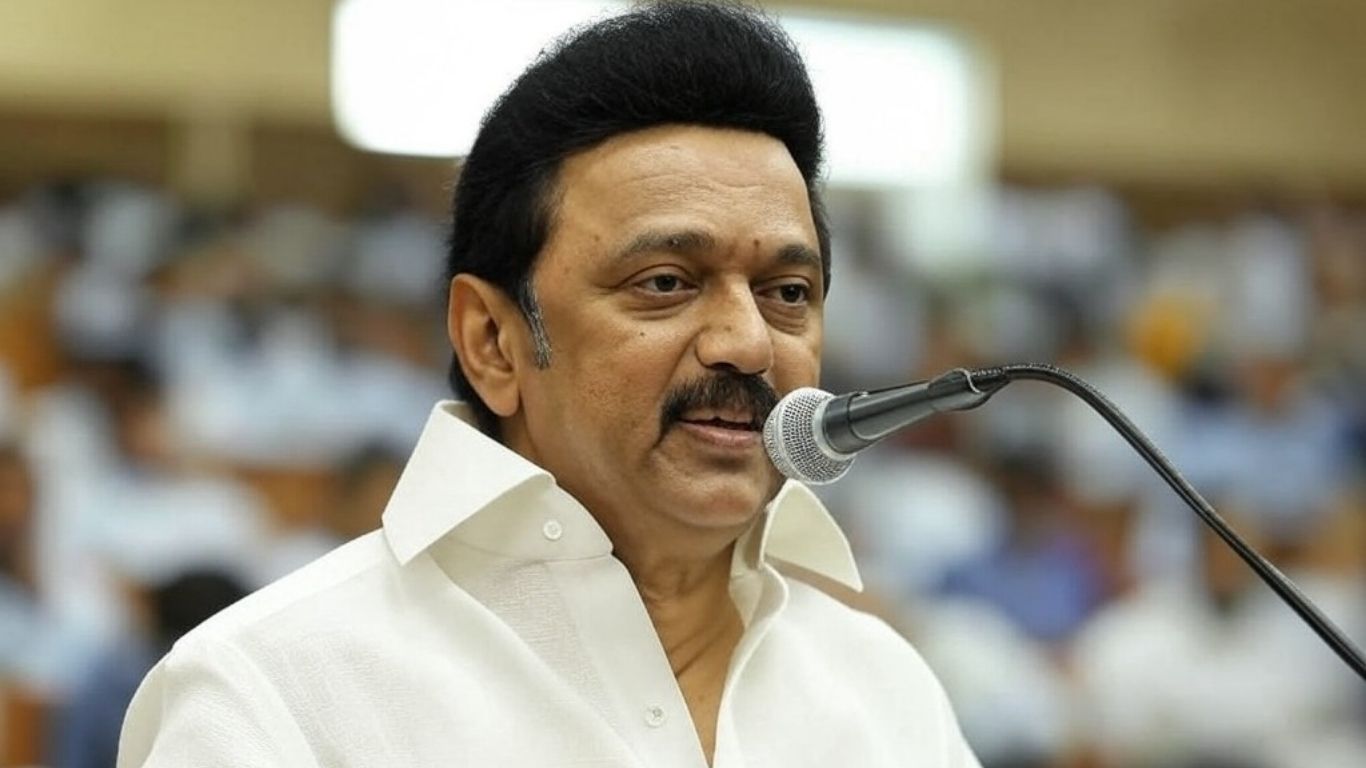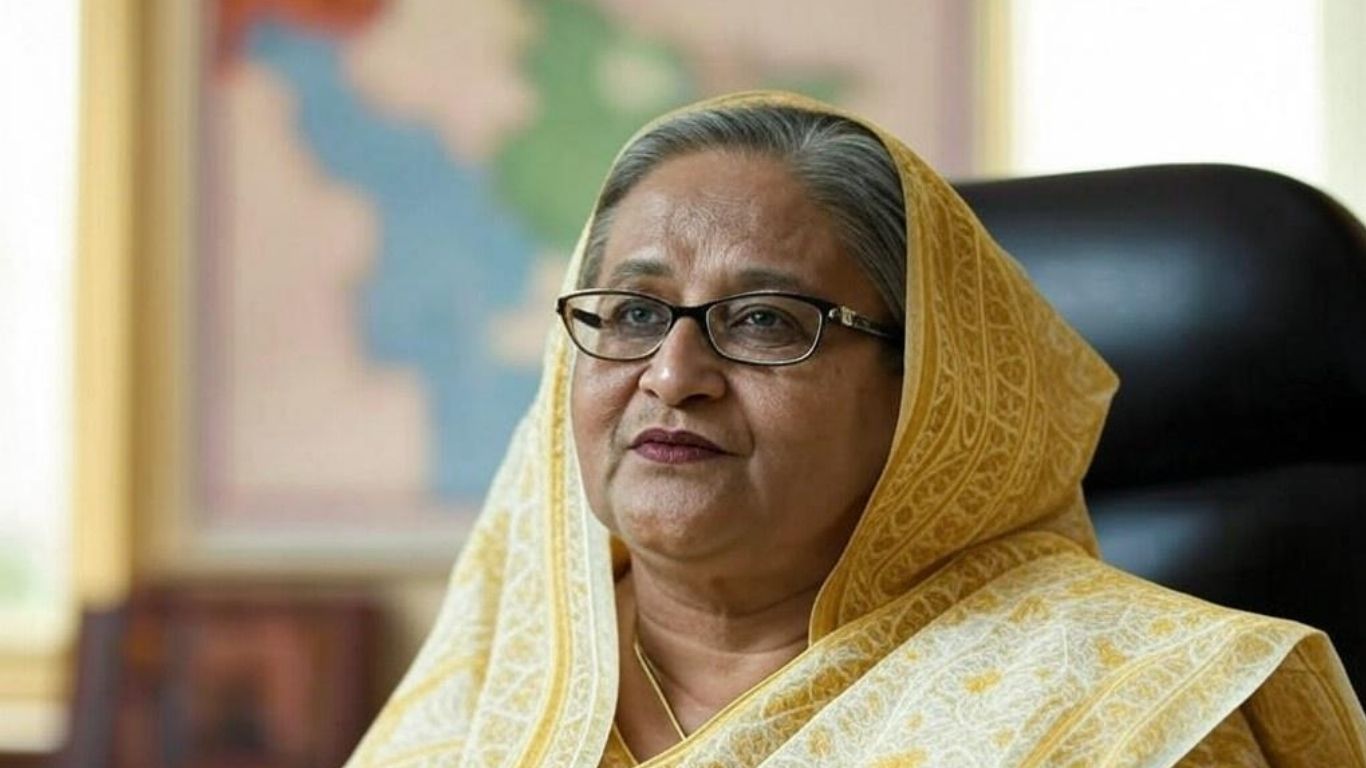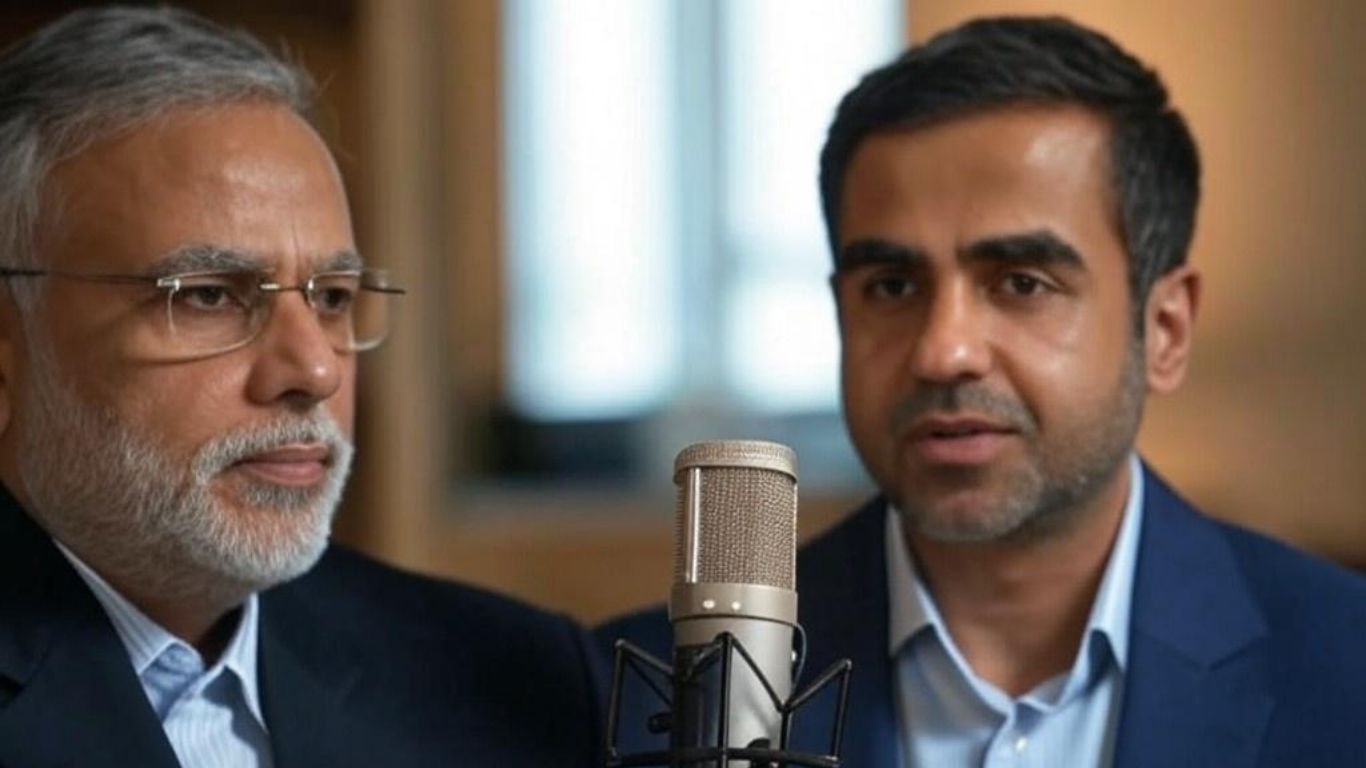The Goods and Services Tax (GST) in India often sparks intense debate, and the latest controversy centers on its application to food products. Author Arun Krishnan recently reignited the discussion by comparing GST rates in India and Australia, highlighting differences in taxation systems, benefits, and public perceptions. His observations came days after Finance Minister Nirmala Sitharaman faced backlash for imposing an 18% GST on caramelized popcorn. Let’s delve deeper into the nuances of this heated discussion.

1. The Origin of the Debate: Arun Krishnan’s Tweet
Arun Krishnan, author of The Battle of Vathapi Trilogy, posted a tweet contrasting GST rates in India and Australia. Sharing a receipt from his Australian trip, Krishnan noted that Australia levies a flat 10% GST on food, while India charges a lower 5% GST on similar items.
Krishnan’s Acknowledgment of India’s Lower Rates
Krishnan’s tweet, which acknowledged India’s comparatively lower GST on food, followed his earlier criticism of the Finance Minister over the 18% GST rate on caramelized popcorn. In a previous post, he had questioned the necessity and impact of such tax rate variations, labeling them as unproductive and potentially alienating for the public.
2. The Complexity of India’s Tiered GST System
India’s GST framework features multiple tax slabs—5%, 12%, 18%, and 28%—with different rates applied to various goods and services. This complexity often creates confusion, as minor product variations, like caramelized versus plain popcorn, fall into different tax categories.
Australia’s Simpler Flat GST System
In contrast, Australia employs a flat 10% GST on most goods and services, eliminating ambiguity. Supporters of a simpler taxation model argue that such a system would ease compliance, reduce litigation, and improve efficiency.
3. Public Reactions: Comparing Benefits Beyond Tax Rates
Krishnan’s tweet sparked mixed reactions online, with some praising India’s lower GST rates while others pointed out the benefits Australians enjoy despite higher taxes.
What Higher Taxes Deliver in Australia
Australia’s higher GST rate is complemented by excellent public infrastructure, healthcare, clean cities, and robust municipal services. Critics of India’s taxation system argue that the benefits Australians receive justify the higher tax rate, whereas Indian citizens often face poor public amenities despite paying taxes.
Social Media Response
One user remarked, “I hope you must have seen the roads, infra, water, air, and a lot more there that people get to live in while paying that 10%.” In response, Krishnan emphasized the need to hold local governments accountable for public services in India.
4. Would Indians Accept a Flat GST Rate?
Some users suggested that a flat GST rate like Australia’s 10% might be more palatable for Indian taxpayers. However, Krishnan argued that such a move could invite criticism from socialist groups, as it would impose the same tax burden on both the wealthy and the common man.
Pros and Cons of a Flat GST
- Pros:
- Simplified tax compliance.
- Reduced confusion and classification disputes.
- Greater efficiency in tax collection.
- Cons:
- Could disproportionately impact lower-income groups if applied uniformly to essential and luxury goods.
- May face political and social backlash.
5. Global Taxation Context
The debate also drew comparisons with global taxation practices. While Australia’s GST is 10%, many developed nations impose significantly higher taxes on fast-moving consumer goods (FMCG). For instance, sugary drinks in Dubai attract a 50% tax, and FMCG goods in several countries face rates exceeding 30%.
India’s GST in Comparison
India’s GST on FMCG averages around 18%, making it competitive globally. However, critics argue that inconsistent classification and multiple tax slabs dilute the system’s effectiveness.
6. Caramelized Popcorn Controversy: A Case in Point
The recent uproar over the 18% GST on caramelized popcorn exemplifies the frustrations stemming from India’s tiered system. While plain popcorn is taxed at 5%, the caramelized variant incurs a higher tax, sparking debates about fairness and necessity.
Broader Implications
Critics argue that such micro-classifications lead to public dissatisfaction without offering substantial revenue benefits. Krishnan echoed this sentiment, stating that bureaucratic decisions often create unnecessary complications.
7. Holding Governments Accountable
Amid discussions on tax rates and their implications, Krishnan emphasized the importance of holding municipal corporations and state governments accountable for public services. He argued that many issues attributed to central tax policies are, in fact, the responsibility of local governance.
A Call for Improved Governance
This perspective shifts the focus from taxation to governance, urging citizens and policymakers to address inefficiencies at the state and local levels.
The GST debate in India underscores the challenges of balancing tax rates, public benefits, and governance. While India’s lower GST rates on food are commendable, inconsistencies in classification and a lack of corresponding public services remain significant concerns. As the conversation evolves, it is crucial to focus not only on taxation but also on the broader context of governance and accountability.















